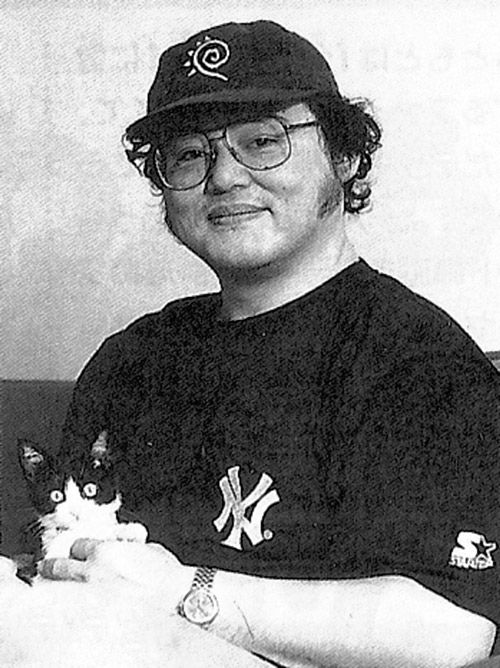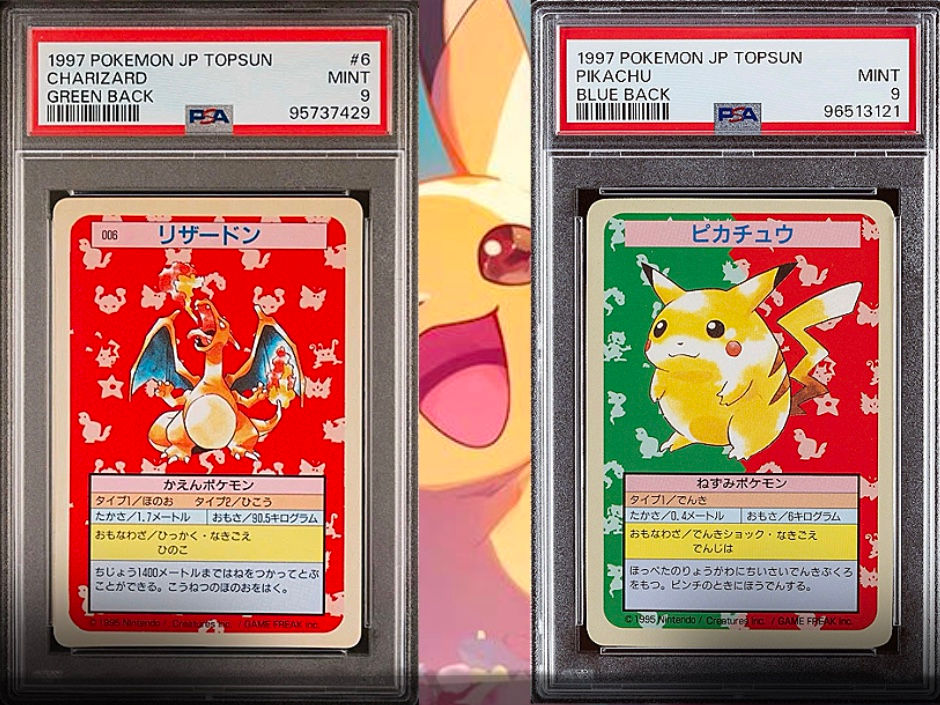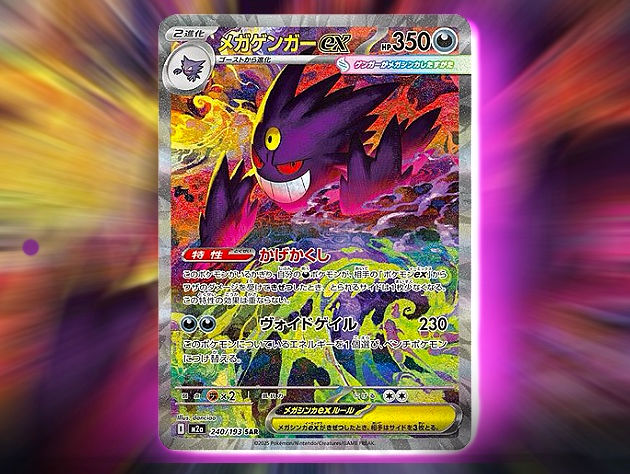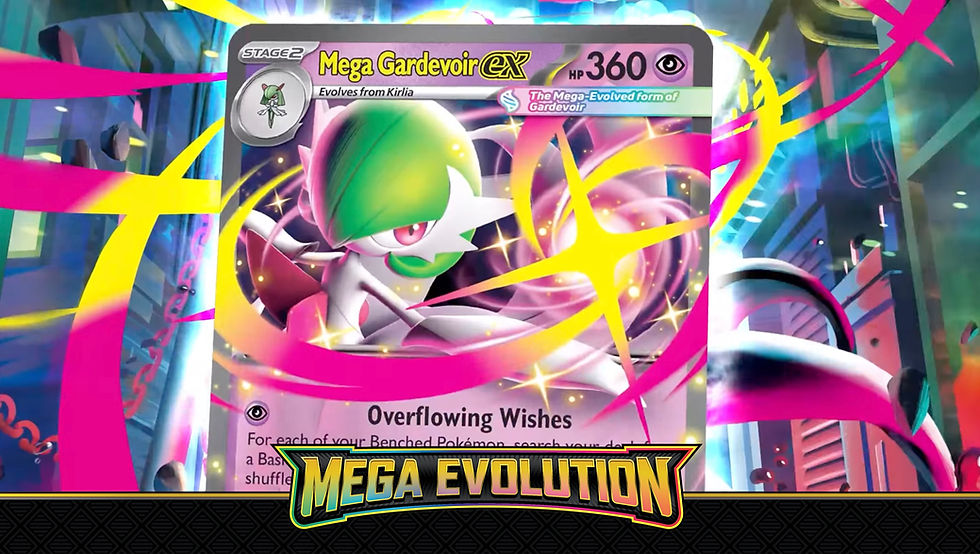The Unsung Artists Behind the Pokémon TCG’s 1996 Base Set
- Patrice Journ

- Aug 25
- 4 min read
Updated: Oct 2

When we rip open a pack of Pokémon cards, the anticipation is pure electricity. But behind the iconic artwork that greeted us in 1996—cards that have resonated for generations—are three extraordinary artists whose vision and creativity sparked a global sensation. Today, we shine the spotlight on Mitsuhiro Arita, Ken Sugimori, and Keiji Kinebuchi, the triad of talent that brought the original Japanese Pokémon Trading Card Game (TCG) Base Set to life.
Mitsuhiro Arita: The Maestro of Pokémon’s Legendary Art

When Pokémon trading cards first hit store shelves in 1996, a cultural wave rippled across the world. The thrill—the crinkle of the foil pack, the hope of pulling a rare Charizard—it’s an experience etched into our childhoods. But much of what defines the Pokémon Trading Card Game’s (TCG) iconic look comes from one artist: Mitsuhiro Arita. And if you haven’t heard his name, well, it’s time to fix that.
Arita isn’t just an artist for Pokémon; he’s one of the architects of its very soul. While most fans might recognize his legendary Charizard art instantly, what truly sets Arita apart is the profound care and thought he gives to each illustration. In a candid interview with Pokémon.com, Arita reveals the philosophy that has guided his decades-long journey: “I try to get to know the Pokémon as a living creature before I draw it. I’m illustrating the Pokémon’s presence and existence, not just drawing it.”
You feel this difference. Where some artists render creatures, Arita breathes life into them. His early images for the TCG didn’t just introduce us to Pokémon, they invited us in—transporting us to a world where a Blastoise could lurk in cool blue depths, or a Zapdos might crackle with the energy of a summer storm.
Before digital design tools made everything quicker (and sometimes, ironically, a bit less magical), Arita was sketching, painting, and perfecting each card by hand. He’s often said that his early days with the Pokémon TCG involved a spirit of experimentation, letting each Pokémon’s environment and personality influence every detail—from the slant of the light to the sway of the grass beneath their feet.
Ken Sugimori: The Artistic Blueprint of Pokémon’s 1996 Base Set

If you’re a fan of Pokémon cards—and let’s be real, millions of us still are—you owe a creative debt to Ken Sugimori. More than just an artist, Sugimori helped define the very DNA of the Pokémon universe, and nowhere is his impact more profound than in the legendary 1996 Pokémon Trading Card Game Base Set.
Let’s set the scene: October 20th, 1996. The Pokémon franchise is still a rising star in Japan, having launched Pokémon Red and Green versions just half a year earlier. Then comes the Expansion Pack—the Japanese Base Set—the very first expansion of the Pokémon Trading Card Game. Packed in those first glossy wrappers were cards that would become icons, and anchoring their legacy were Sugimori’s now-classic watercolors.
Take Raichu, for example. This card, released in that inaugural Expansion Pack, features a timeless Ken Sugimori watercolor illustration of Pikachu’s evolved form, encircled by an enchanting holographic pattern. It’s more than just a collectible; it’s a piece of living nostalgia that brings fans right back to those early days when the Pokémon world felt gleaming and brand new.
Sugimori didn’t just set the standard—he became the standard. Every card in the Base Set carrying his touch radiates a balance of simplicity and warmth, making each Pokémon not only memorable but full of quiet emotion.
Keiji Kinebuchi: The Quiet Craftsman of Pokémon’s TCG Origins

When discussing the artistry of the 1996 Pokémon Trading Card Game Base Set, names like Arita and Sugimori might bounce to the top of your mind. But take a closer look at those pioneering cards and you’ll spot a third signature behind the scenes: Keiji Kinebuchi, a creator whose work became a subtle cornerstone of the TCG’s early magic.
Kinebuchi’s role could be summed up in one word: essential. As one of the first illustrators on the project, he approached each card as more than just a portrait—it was a miniature story, etched in color and imagination. While less publicly celebrated than his counterparts, Kinebuchi’s illustrations packed the set with a mood and atmosphere all their own, helping the Base Set stand apart as a true original.
Keiji Kinebuchi wasn't just behind the scenes—he’s the reason those Energy cards look and feel the way they do in the earliest days of the Pokémon TCG. While he was credited as the illustrator for all Basic Energy cards, along with several Special Energy cards up until the Expedition Base Set, he is also the illustrator behind most beloved cards like the Gengar. That set marked a major overhaul in the card layout, shaking things up visually. While Mitsuhiro Arita handled the energy symbols—giving them that iconic look—Kinebuchi was responsible for designing the entire layout of the Energy cards. His work helped establish the familiar, clean design that fans associate with the early Pokémon cards, laying the groundwork for decades of card layouts to come.
And another layer to Kinebuchi’s legacy truly set him apart, he is the one who invited Mitsuhiro Arita to join the project! What would have been the 1996 Base Set without this team?
Where Are They Now?
Unfortunately, it took many years before the public was informed of Keiji Kinebuchi's death, which occurred back in 2002.
Ken Sugimori remains involved with Pokémon at Game Freak, having transitioned to a supervisory and consultant role. He now focuses on character supervision rather than being a hands-on artist for new designs.
Mitsuhiro Arita is an active freelance artist, renowned for illustrating cards for Magic: The Gathering and the Monster Hunter Trading Card Game, while continuing his longstanding work on the Pokémon Trading Card Game. He also creates art for various other games and media, such as the "Earthion" video game, and makes appearances at conventions worldwide, including the TCGKL in Kuala Lumpur and SDCC24 in San Diego. Check out our TCG section for more stories, and remember to subscribe to our weekly newsletter for more!
Disclosure: When you click or make a purchase through our links, we may earn a small percentage, which helps us maintain and improve our site.



















































































Comments